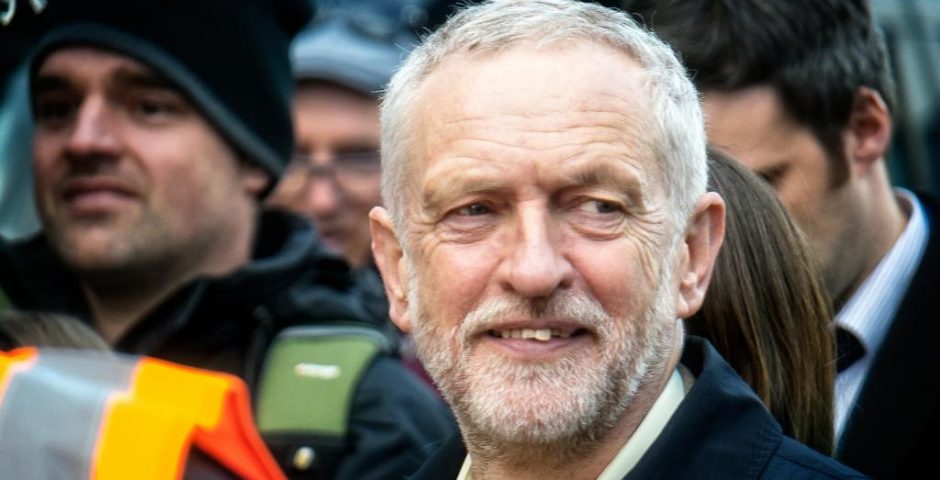
Young voters said they were going to turn out big. Only one pollster believed them
‘In the hierarchy of polling sins, I think this ranks pretty highly’
Once again the polls were wrong. What happened on election night came as a shock, because most polls were pointing to a Tory majority.
But one pollster, a small startup based out of an office in Whitechapel, East London, got it almost bang on – and they did it by believing the kids would actually vote.
Survation's polling showed smaller Conservative leads than their rivals, and their final eve-of-election poll put the Tories on 41 percent and Labour on 40 percent. The final result was 42 percent Conservative, 40 percent Labour.
How did they do it? By believing in the youth surge.
Young people told every pollster they were going to vote in historic numbers for Jeremy Corbyn and Labour. And Survation believed them.
Chris Hopkins from Survation explains why.
"Most pollsters had pretty much the same numbers before adjusting for turnout," he told The Tab. "Turnout weighting was dramatically decreasing the Labour number for most of our rivals."
Whereas most companies used a weighting system based on the low levels of youth turnout at the last election, Survation took young respondents at their word. If they said they were going to vote, their response wasn't adjusted away.
"These pollsters were saying, we don't believe you, young voters, when you say you are going to turn out," as polling expert Harry Enten put it.
"In the run up to the election we were laughed at," says Hopkins, adding that the huge surge in registrations from young voters gave him confidence in Survation's methodology. (Go here for a detailed analysis of how pollsters adjusted their polls).
Founded after the 2010 election, this was only Survation's second election. "We got it spot on in 2015 but we withheld it because it looked wacky," says Hopkins. "Since they we have been very open about how we do things."
The other company which didn't adjust down young voters' responses was YouGov, whose massive seat-by-seat projection for The Times on May 30th correctly foresaw a hung parliament. At the time, it was mocked by Tory strategists. For some reason, YouGov's final pre-election poll had Labour back at 35 percent.
The Guardian's pollster ICM, whose final poll projected a 12 point Tory lead, explained their thinking a week before polling day:
“We at ICM turnout weight using a matrix that assumes younger people will be less likely to vote than older, and less affluent people will be less likely to vote than the wealthy. This has been the general pattern of general elections for an age, and whether you believe our poll findings or those of others will depend on whether or not you think Jeremy Corbyn can actually buck that trend."
The US polling guru Nate Silver and his colleagues discussed the UK polling failure in an "emergency" podcast. This is how one of his team, Harry Enten, describes what happened in the UK:
"In the hierarchy of polling sins, I think this ranks pretty highly…These pollsters were saying, we don't believe you, young voters, when you say you are going to turn out. That's a bold move for a pollster to make when you are supposed to be measuring public opinion. To me, there is one defence of that, and that is when you turn out to be right. If you're wrong, it's indefensible to override what the public actually tells you and your poll because of some weird assumptions that you make. We are not taking a retrospective poll of the 2015 election – we are polling the 2017 election."





















